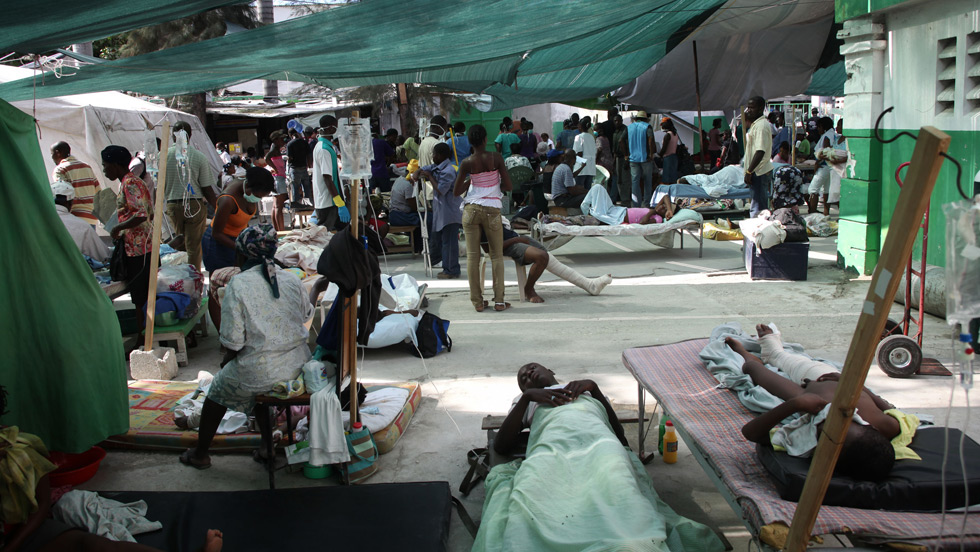Tom Virgin
Making and teaching art occupy most of the time that I am awake. Process is very important to my work; the nature of making woodcut prints (my primary images) is time consuming. Because it is a traditional process that is not widely used, I also teach relief printmaking, so that it will be around in the future. The multifaceted aspect of my creative practice that includes public art and residencies (National Parks, Historical Buildings, small towns, etc.), also embraces the authenticity of American traditions, craftsmanship and skills that are handed down.
Tom Virgin
“Burn” © 2009
letterpress/broadsheet
18 x 12 in.
Tom Virgin
“INDU: Commensalists and Hand Me Downs: Vulture” © 2009
woodcut
20 x 16 in.
Tom Virgin
“INDU: Commensalists and Hand Me Downs: HQ” © 2008
woodcut
20 x 16 in.
Tom Virgin
“INDU: Commensalists and Hand Me Downs: Creek (Kintzele Ditch)” © 2008
woodcut
20 x 16 in.





























